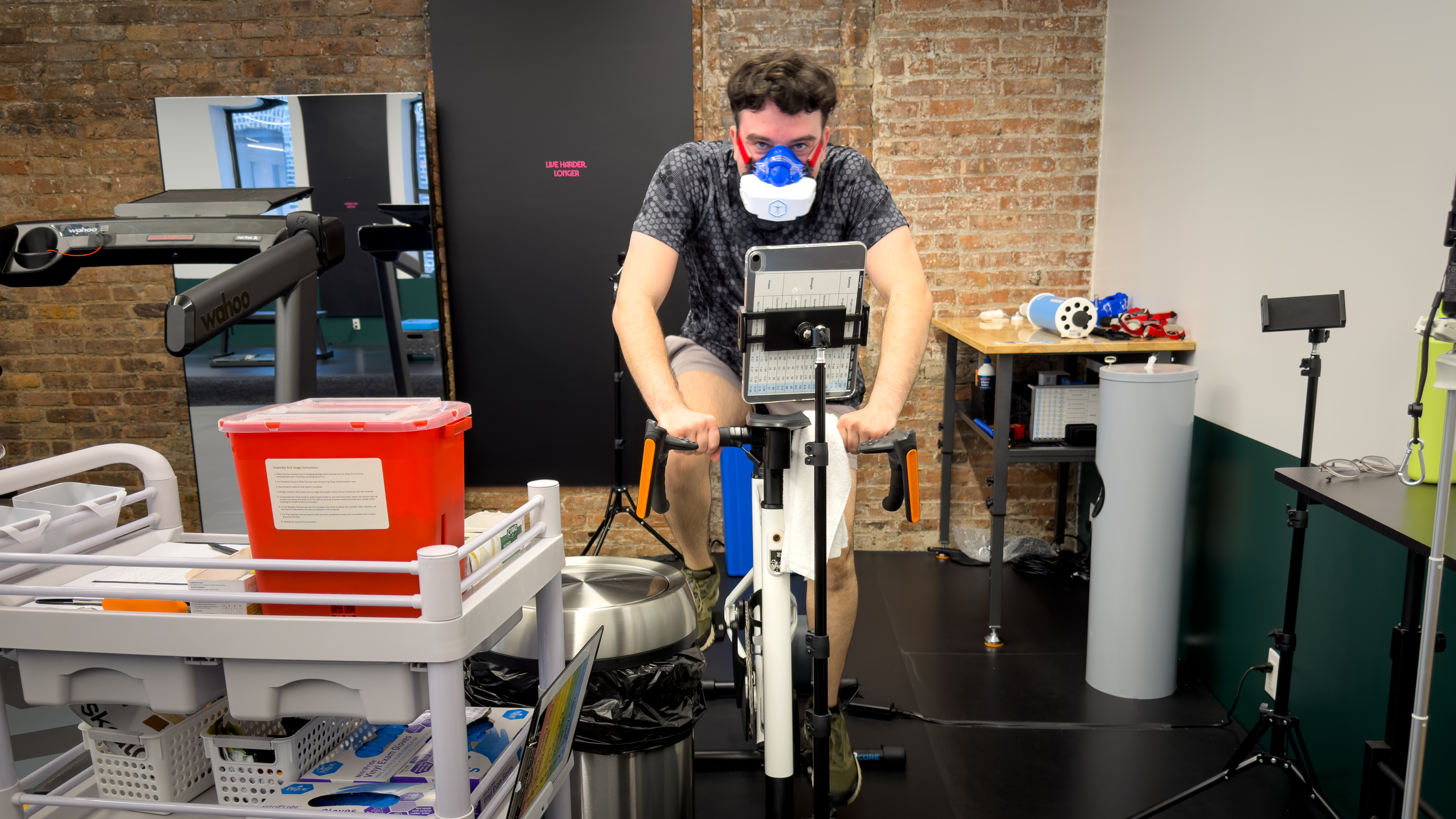I’m excited about an iPhone 20's rumored full screen display — but we have been here before
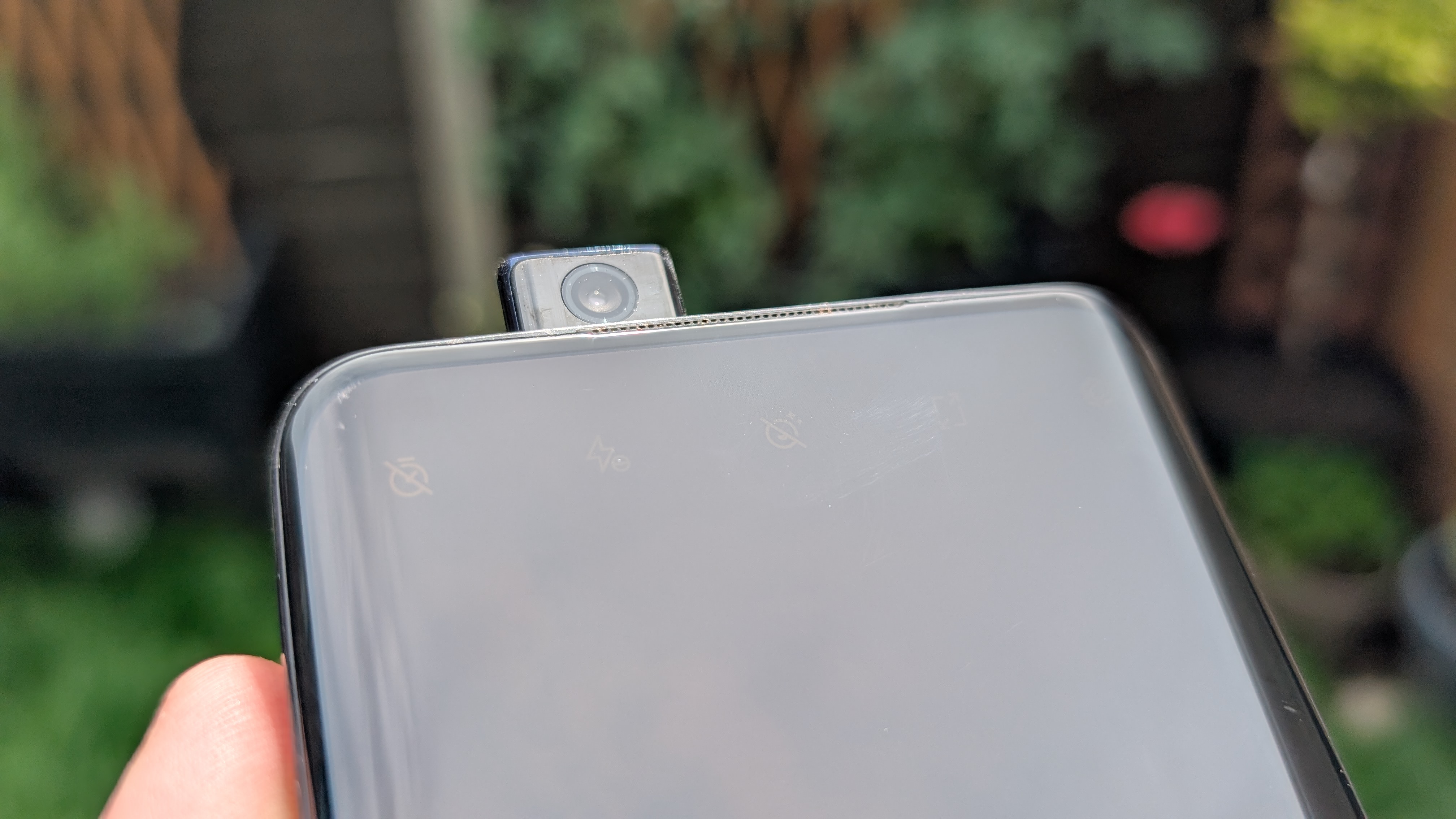
One of the biggest rumors right now is that Apple may finally be able to release a full-screen phone without any kind of interruptions — though it's not a change likely to happen before the 20th anniversary iPhone in 2027. Specifically, the iPhone 20's screen would have no notch and no cutout, just a pure edge-to-edge panel with cameras and other sensors hiding below the surface.
But a bunch of people out there, particularly Android users, will know that full-screen phones already exist — or at least they did back in the day. Thanks to pop-up selfie cameras, various phones (mostly from Chinese brands) were able to offer a full-screen experience without having to make space for a camera.
Unfortunately it didn't last, and I've always felt that was a huge missed opportunity — even if the disappearance of those phones was completely expected.
Pop-up cameras gave us fantastic screens
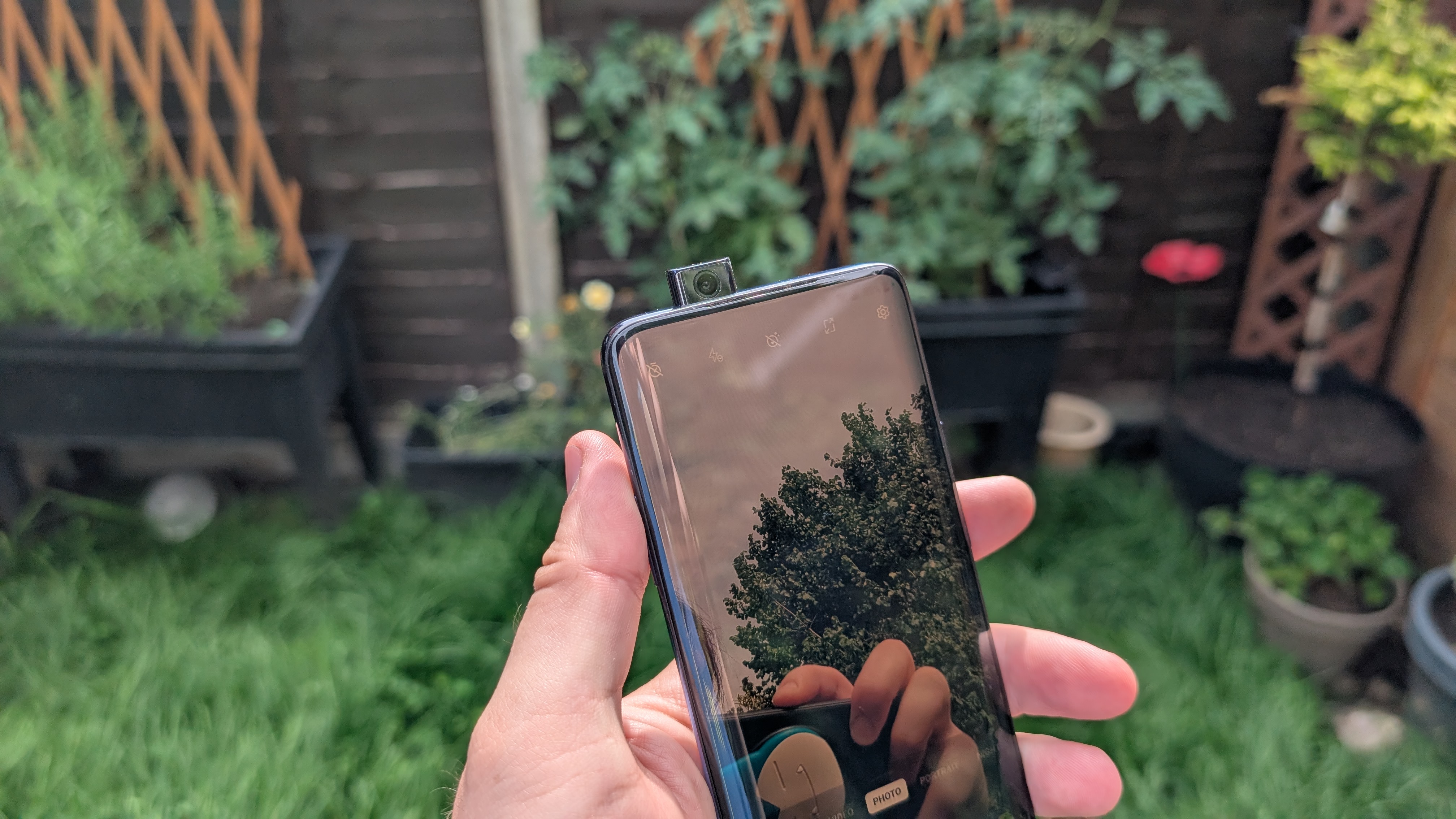
The first time I used a pop-up camera phone for any significant length of time was with the OnePlus 7 Pro — which was released way back in 2019. While the OnePlus phones of that era had their flaws (camera quality being the big one), the screen on the 7 Pro was absolutely superb.
Okay, so it was curved, and it hasn't aged well compared to recent screens, but it was an excellent screen for its time. Large, bright, high resolution, and with that uninterrupted display. Up until that point, OnePlus phones either had giant bezels or a notch — and this was a sign that we wouldn't have to deal with giant chips taking up parts of our screen.
In fact, the screen is good enough and the design flat enough that I still use the OnePlus 7 Pro every time I want to play my games consoles remotely.
The OnePlus 7 Pro camera itself was a motorized pop-up shooter, which emerged from the upper left corner of the phone, almost like a submarine's periscope. The system work remarkably well, as switching to the front camera automatically initiated the mechanism that made the selfie cam spring into action.
Get instant access to breaking news, the hottest reviews, great deals and helpful tips.

Different manufacturers had different ideas on how to implement this. Motorola had a camera that popped up out of a vertically-aligned rear camera bar, while Vivo had a top-mounted system with two selfie cameras hidden away. Samsung even released a phone that let you use the rear camera for selfies — with the camera popping up and rotating when in use.
It was a very weird and wonderful time for phones, because phone makers weren't just copying each other. They were coming up with their own ideas for how pop-up cameras should work, all with the goal of maximizing screen space.
Plus, unlike the first wave of under-display cameras we've seen, there was no compromise on camera quality. And that's one thing I'm skeptical of iPhone 20 pulling off properly.
Sadly the full-screen experience didn't stick around for long. In the case of OnePlus, the 7 Pro was one of only two pop-up camera phones OnePlus released. The OnePlus 7T Pro featured its own pop-up camera, but the eventual the OnePlus 8 Pro came at a time when hole-punch cameras were becoming all the rage.
Evidently the phone industry had opted for a simpler option — even if it wasn't perfect from a screen-space point of view.
Why did pop-up cameras fail?
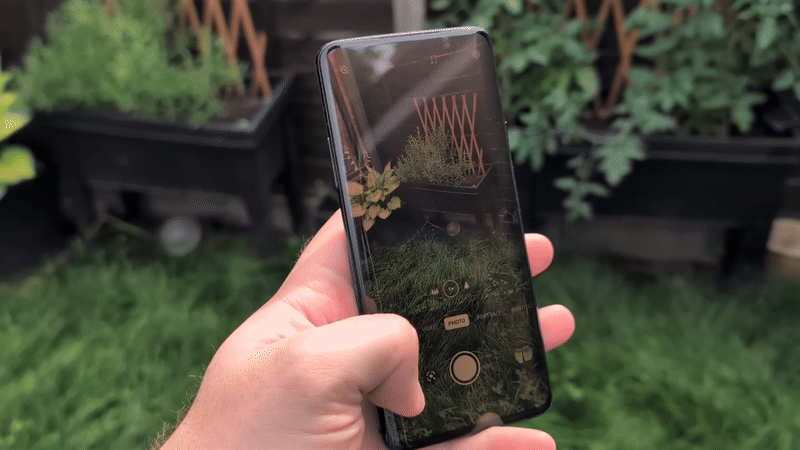
There's never really been one specific reason named for the failure of pop-up cameras, as best I can tell. But there has been plenty of speculation, and the reasons people have come up with are pretty reasonable when you think about it, regardless of how much you'd have preferred a full-screen phone.
Durability was often cited back as a concern at the time, especially with relation to water resistance and the apparent difficulties in waterproofing a pop-up camera mechanism. That said, OnePlus promised the 7 Pro was water resistant, even though it lacked an official IP rating.
What manufacturers were keen to point out is that the mechanisms that raised and lowered the camera weren't the problem. Even before the phones were on sale, it was emphasized that the mechanisms had been built and tested to the point they could be used hundreds of thousands of times without issue.
In the three years I had a OnePlus 7 Pro, I never had any issues with the camera mechanism not working when it needed to. Even now, almost five years after I stopped regularly using that phone, the camera still works flawlessly.
Obviously all that effort to create a mechanized selfie camera and ensure that it's not going to break within the phone's lifespan takes a lot of time and money. And that's before you consider how a hole-punch camera can do the same job without any of the moving parts that cost time and money to develop.
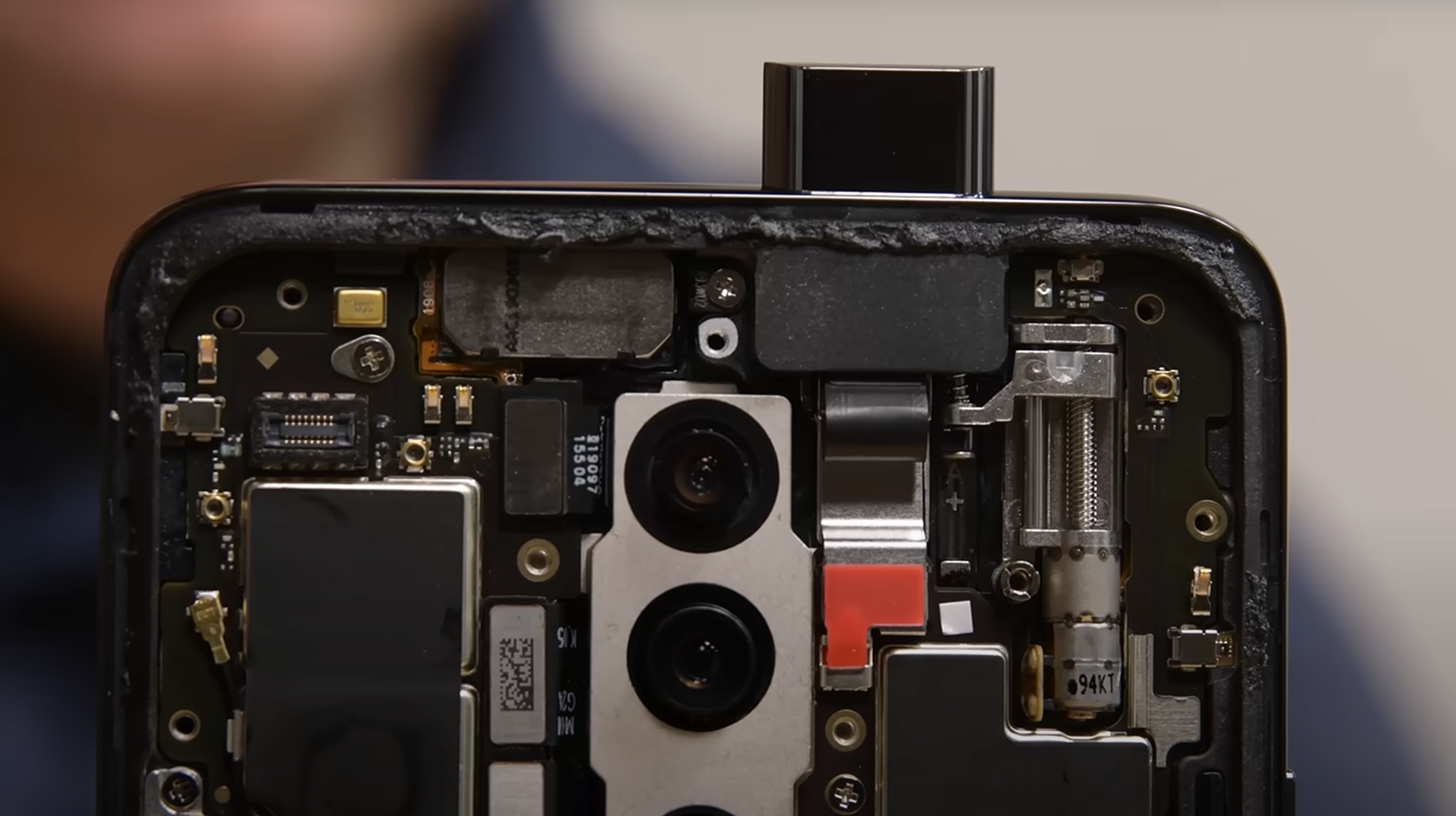
On top of that hole-punch cameras take up far less space — and space in phones is often at a premium. In fact, a teardown of the OnePlus 7 Pro by iFixit shows just how much space the pop-up camera mechanism actually needed —almost an entire corner of the phone, as it turns out.
Considering headphones jacks were officially removed from a bunch of phones for space-saving reasons, it's no surprise that pop-up cameras were, too. If a hole-punch selfie camera is cheaper, easier to implement and takes less space, then that's the option phone makers are going to take.
Bottom line
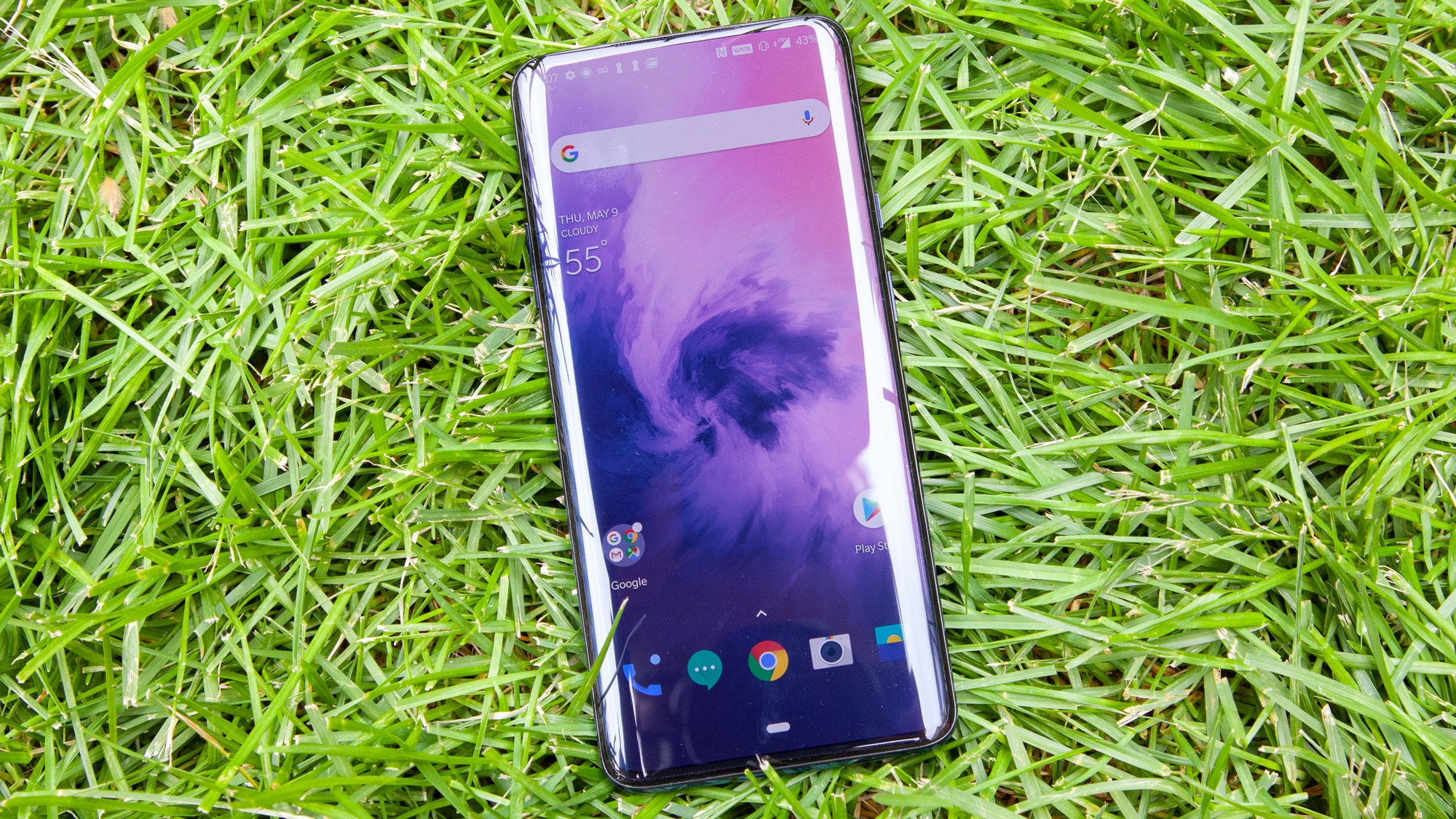
As much as I understand why pop-up cameras never really caught on, I still can't help but reminisce about how nice it was to have a phone with an uninterrupted display. So it's certainly exciting to see that it could happen again. Even though, if I had my way, they'd have never gone away in the first place.
If Apple does offer that same seamless screen in the iPhone 20, I am here for it. While I have my doubts about the potential quality of an under-display camera, I sincerely hope that Apple has already thought of that. Because the last thing we need is the full-screen phone renaissance being ruined by crappy selfies.
Though, who am I kidding: A lot of big phone companies are just going to copy whatever Apple does regardless.
More from Tom's Guide
- This BlackBerry Passport clone reignites my love of QWERTY keyboard phones — here’s why
- Samsung Galaxy Z Fold 7 and Z Flip 7 prices leaked — and it's worse than we expected
- The modular Fairphone 6 could be a game changer for upgradability and repairability — and it needs to come to the US

Tom is the Tom's Guide's UK Phones Editor, tackling the latest smartphone news and vocally expressing his opinions about upcoming features or changes. It's long way from his days as editor of Gizmodo UK, when pretty much everything was on the table. He’s usually found trying to squeeze another giant Lego set onto the shelf, draining very large cups of coffee, or complaining about how terrible his Smart TV is.
You must confirm your public display name before commenting
Please logout and then login again, you will then be prompted to enter your display name.
